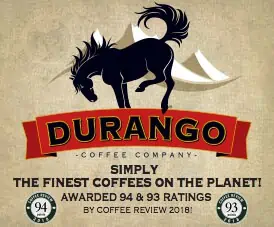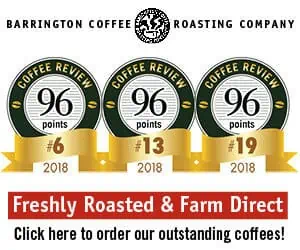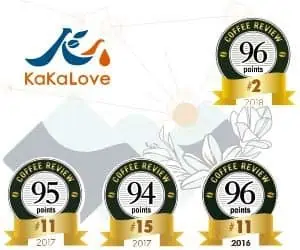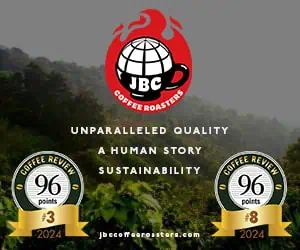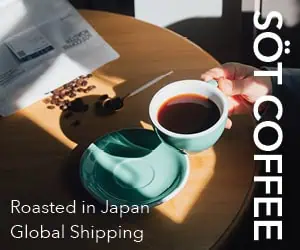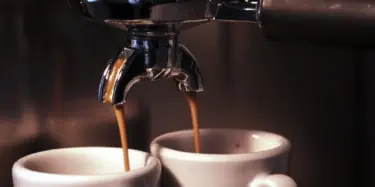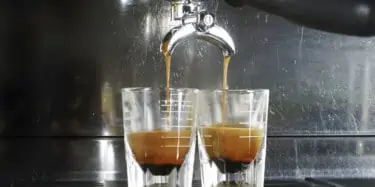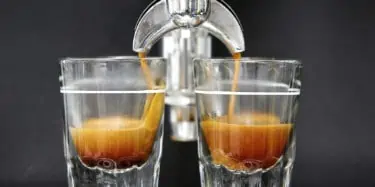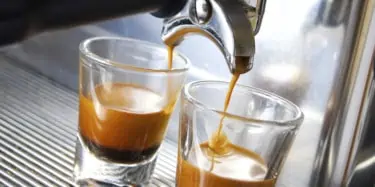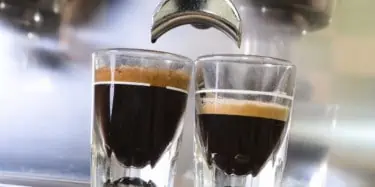If the Pacific Northwest has become identified with coffee generally, it has become even more identified with espresso. Though the espresso machine and its culture first romanced America via the Italian neighborhoods of New York and San Francisco, it only became fully Americanized in the Northwest in the 1980s. The basic Italian vocabulary of frothed milk, well-brewed espresso and a single dash of
Tasting Reports – Espressos
Coffee Review has published more than 250 monthly coffee and espresso tasting reports since February 1997. The tasting reports below, focusing on coffees for espresso brewing, appear in reverse chronological order. You may refine your search by using the key word search feature that appears in the page header. The content in tasting reports and associated reviews was correct at the time of publication but may not remain accurate over time.
Not Your Ordinary Espressos
Common coffee wisdom argues that the only way to fully exploit the flavor-intensifying potential of the espresso brewing system is by brewing with blends. Because the espresso pressure-extraction brewing system is so efficient, the argument runs, it emphasizes the singularity and imbalance of single-origin coffees, turning their simple melodies into over-amplified cacophonies. Thus only a blend of
Espressos for Cappuccino and Caffe Latte
Espresso is the most demanding of all systems for brewing coffee. Not only does the slightest error in brewing doom the cup, but this system, which extracts the flavor elements of a serving of coffee in 15 to 20 intense seconds, exaggerates any flaw or imbalance in the coffee itself. So an espresso blend must be subtle and balanced. On the other hand, espresso coffee in the United States is
Classic Espresso Blends
In an American context, a classic espresso blend is one that achieves the heavy body and natural sweetness required of espresso brewing by skillful combining of naturally sweet, full-bodied coffees, rather than by trying to subdue acidy coffees through aggressive dark roasting. In these terms, all nine of the blends in this month's espresso tasting can be said to honorably aspire to the
West-Coast Espressos
The West Coast is doubtless the cradle of American espresso culture. True, Caffe Dante and Caffe Reggio were serving cappuccino in Manhattan long before the pioneering San Francisco and Berkeley caffes opened, and little storefront social clubs served espresso to domino and card players in Italian neighborhoods across the country for decades. But the whole business broke out of Italian enclaves
Espresso Blends
You walk into a cafe. Ominously empty. Hopper's Nighthawks, except it's eleven o'clock in the morning. Deep down you know no one has ordered coffee for the last two hours. With noirish resolution you consider the options: urn coffee that has stewed so long flavor is a remote memory, or an espresso, which at least will be fresh. Then you peer past the barista's bicep tattoos with dull resignation

